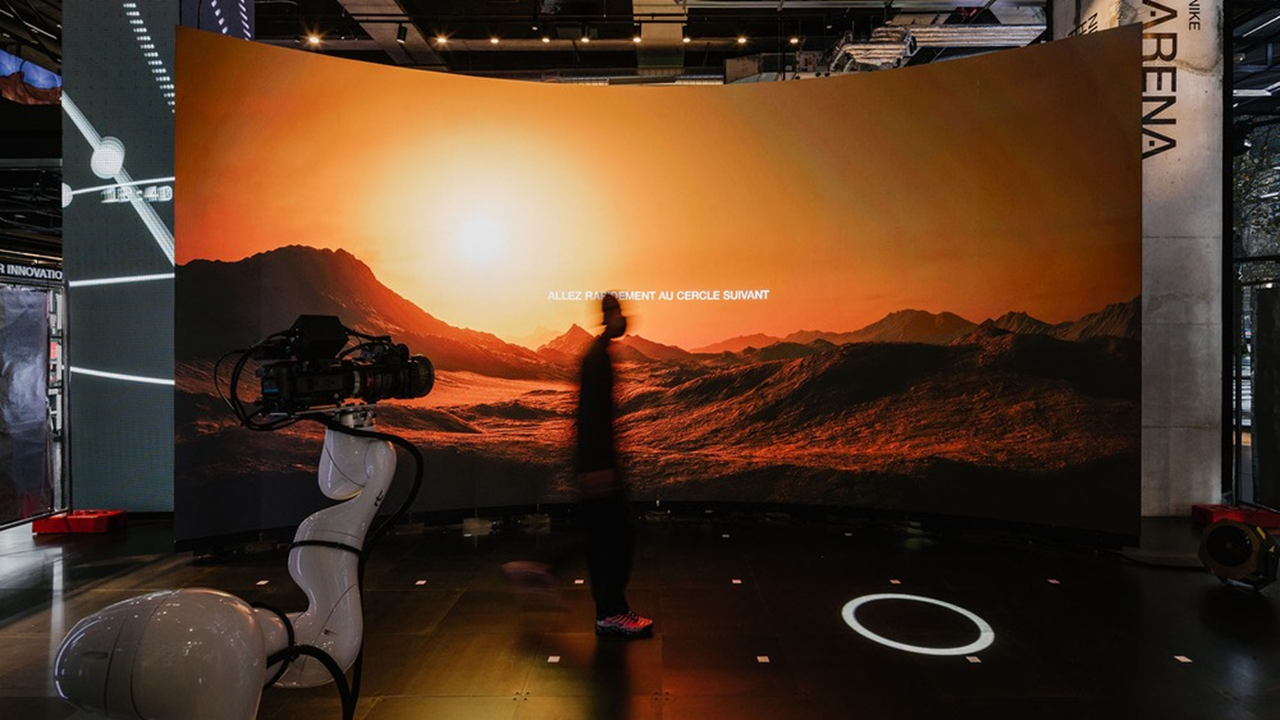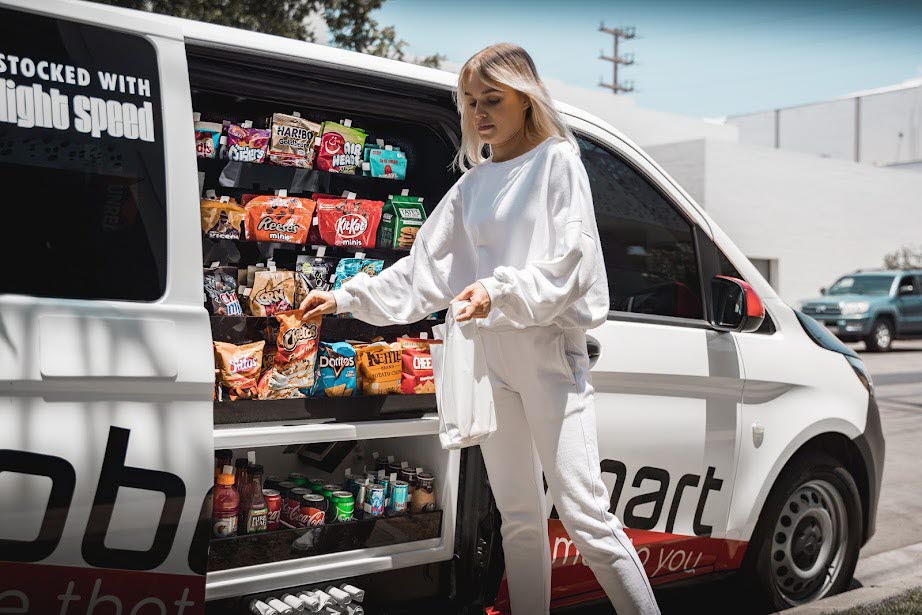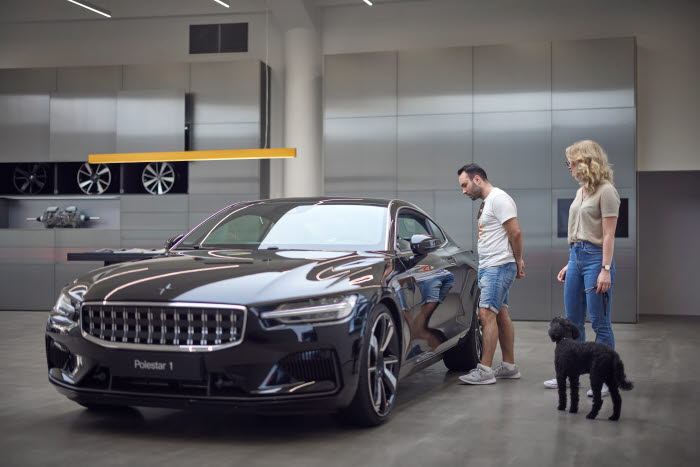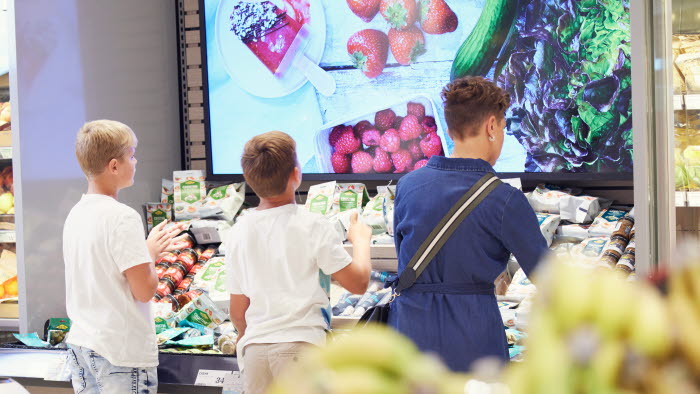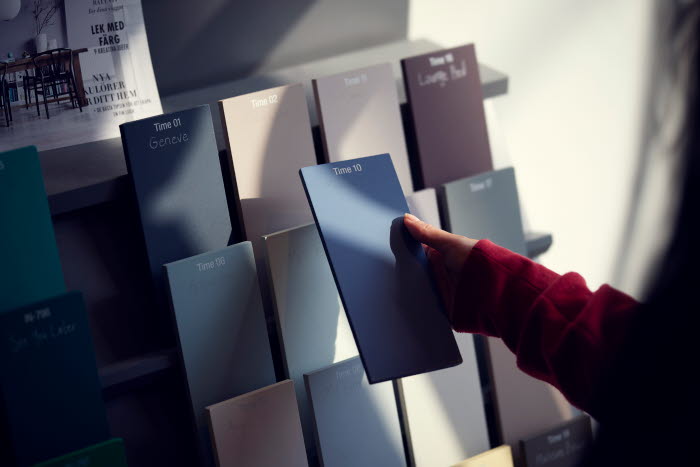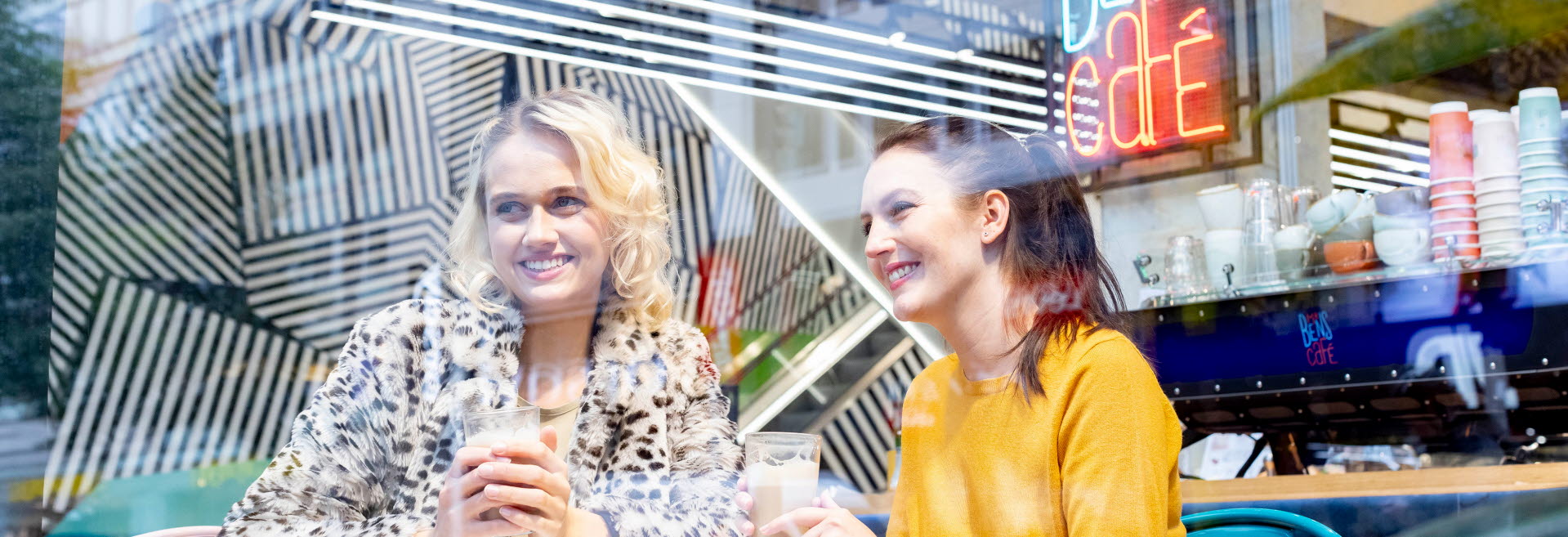
What’s around the corner?
Eight trends that show the shape of things to come
Time to consume: 4 min
24 February 2022
At any moment there will always be a large number of strands that might indicate the direction of travel for a retailer seeking to understand how to keep shoppers engaged and what might be done to entice new ones through the door. Much of what can be observed is probably no more than a series of dead ends which will add nothing to our understanding of what’s happening in the market or what can be done to adapt to it.
At ITAB, following visits to both CES in Las Vegas and NRF in New York, both in January, and to a number of conversations with retailers and commentators, as well as our own experience, we have identified eight key ‘trends’, all of which point to what will happen in 2022 and beyond.
And in no particular order, therefore, these are:
1. Frictionless retail
This is the move towards a potentially swifter and easier shopping journey, one in which a customer’s mobile device and a retailer’s app meet to create a seamless (meaning anything from a checkout-out free environment to one in which the shopper’s mobile phone becomes a product scanner) and more straightforward experience. There is more to this, in total, than the current crop of Amazon and Amazon-like convenience stores. This is a trend that has a long way to go.
Photo: Starbucks
2. The fulfilment revolution
Expectations about the time taken from the moment an order is placed online to the point at which it becomes available in a store or a consumer’s home continue to shorten. In practice this may even mean collection hubs that are discrete from individual retailers or brands and which serve as destinations in their own right, in high traffic areas.
3. Instore experience
Then, of course, there is the matter of instore experience, the trend that just won’t go away. At a moment when many have chosen to shop online, instead of heading down to the shops, providing an experience that cannot be replicated in the virtual world is perhaps the most telling potential weapon in any physical retailer’s arsenal. This will not change.
Photo: Nike, Paris, France
>> More on how to create the Desired Consumer Brand Experience
4. Conscious consumerism
‘Doing the right thing’ is near the top of the agenda for many and for millennials and Gen Z it is frequently the single most important thing when it comes to shopping. Practically, can mean refillable containers and buying by weight or product information about provenance and the means of production, among other things. Retailers are responding in kind with stores that educate as much as sell.
5. Sustainable stores
Hand-in-hand with conscious consumerism is the matter of how stores are built, the materials used and the effect this may have on the environment. New stores now have to demonstrably be, where possible, net zero, as far as carbon use and emissions are concerned and this means a change in the way things are done. The Rewe supermarket in Wiesbaden is an outstanding example, being a store that is not just sustainable in terms of its construction, but which is also a basil and fish farm.
Photo: Rewe
6. Blended retail
One of the more improbable words to emerge in the past couple of years is ‘phygital retail’, a portmanteau term meaning the fusion of digital and physical retail in a manner where equal import is attached to each within a physical environment. This is a trend that is set to gather pace, but it need not mean a plethora of screens as it is perfectly possible for a store to blend the two elements simply by strategic use of the shopper’s digital avatar…a mobile phone.
7. Digitally Driven
All of the range, all of the time. It’s a nice idea and increasingly it’s a reality with sales associates in a store equipped with handsets that enable them to check inventory, right down to colour and size level, make recommendations about alternatives and locate stores where items may be in stock. Having done so, it is even possible to place an order for rapid delivery from another branch to the shopper’s home. Out of stock should never be a problem.
8. ‘Come to me’ retail
Finally, note should be made of robots, drones and driverless van/shops. All of them are coming and all of them will mean faster deliveries, greater flexibility and the potential for shoppers to get what they want when they want it, with ever-decreasing arrival waits. Robomart, in West Hollywood, Los Angeles, shows just what is possible with an Uber-style shop that comes to the shopper, rather than the other way round. This is surely the sign of things to come?
Photo: Robomart
That’s it. Think about each of these when looking at your stores and consider how far you are going to be part of what are a pretty rapid group of changes, in both consumer behaviours and the way in which retailers are dealing with them.
Article written by
John Ryan
Store design specialist and Newstores founder

